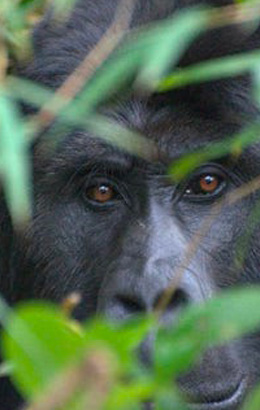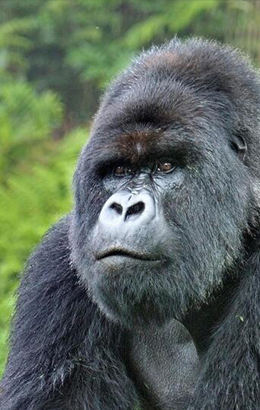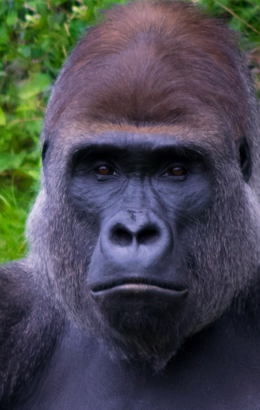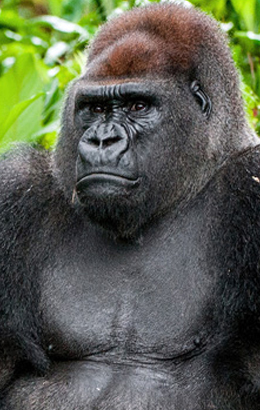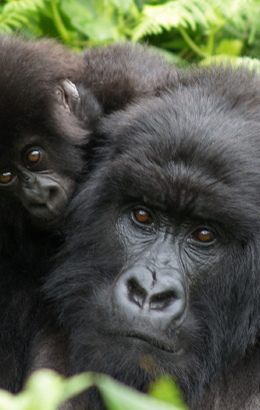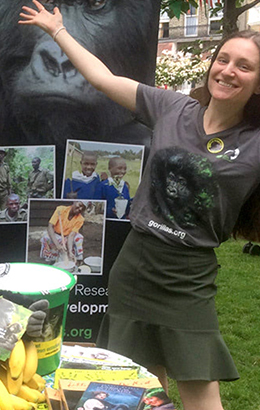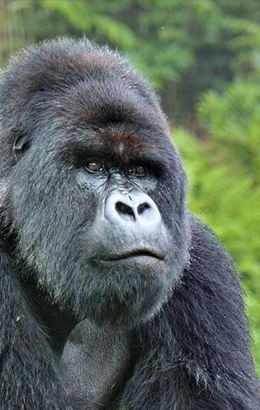Latest census shows another rise in mountain gorilla numbers
The latest census of mountain gorillas has revealed another welcome increase in numbers, even if the sub-species remains vulnerable to a number of threats, including poaching and habitat loss.
Released just this week, the census results show that there are now at least 459 gorillas living in the Bwindi-Sarambwe ecosystem, most of them within the boundaries of the Bwindi Impenetrable Forest National Park in Uganda. This is up from 400 at the last count and, when combined with the most recent census of the Virunga Mountains ecosystem, takes the total mountain gorilla population up to 1,069.
“This is wonderful news and an early Christmas present for everybody involved in gorilla conservation,” says Gorilla Organization Executive Director Jillian Miller.
“Mountain gorillas really have been brought back from the very brink of extinction. This is through a combination of on-the-ground conservation efforts like increased ranger patrols as well as the work being done with communities to reduce local reliance on the resources of the gorilla habitat.”
The mountain gorilla population dropped as low as 240 individuals in the 1980s, the time when Dian Fossey was carrying out her pioneering work. Since then, numbers have been rising steadily and in 2018, the IUCN revised the great ape’s status on the Red List from ‘critically-endangered’ to ‘endangered’.
However, mountain gorillas remain in constant danger, with poaching still rife and, as the human population grows and encroaches on the protected forests, the threat posed by disease is rising. The three other sub-species of gorilla, the eastern lowland, western lowland and Cross River gorilla, all remain classified as critically-endangered, one step away from being lost for good.
